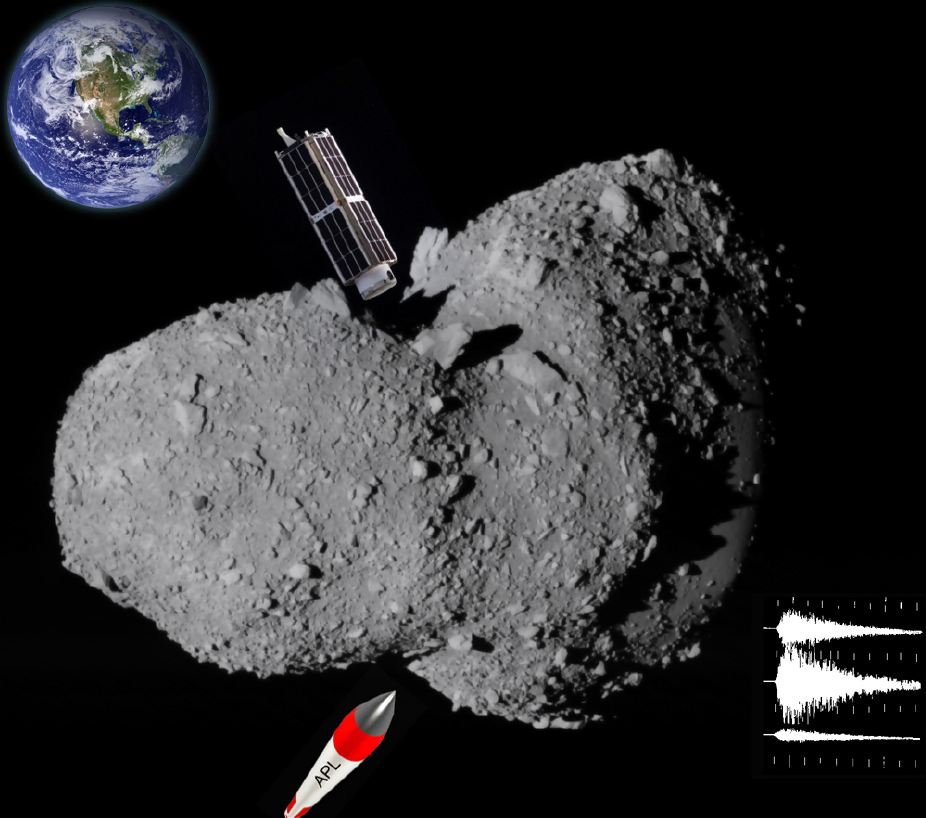Jeffrey Plescia
Johns Hopkins University
NIAC 2015 Phase I Jeffrey Plescia Final Report Seismic Exploration of Small Bodies
Description
We propose to examine the use of small satellites (cubesats) and a unique micro-seismometer concept developed at the Arizona State University to understand the interior structure of small bodies (asteroids and comets). The basic implementation approach would be to deploy one or more micro-seismometers on the surface of a small body and then impact the body with a projectile as an energy source. This active seismology experiment would provide the seismic velocity of the interior across some number of ray paths and thus resolve the basis question as to whether asteroids are rubble piles or have solid interiors with a fragmental surface layer. The concept could also be applied to a comet to determine if the interior structure was homogenous or if they contain a rocky interior. This implementation represents a novel approach to understanding a key science question for small bodies – their interior structure – using a new kind of instrumentation in the context of a single or multiple small (cubsat-scale) spacecraft. This implementation would present a low-risk, low-cost, high-return opportunity to understand a key question related to science, exploration and Earth-hazards.































